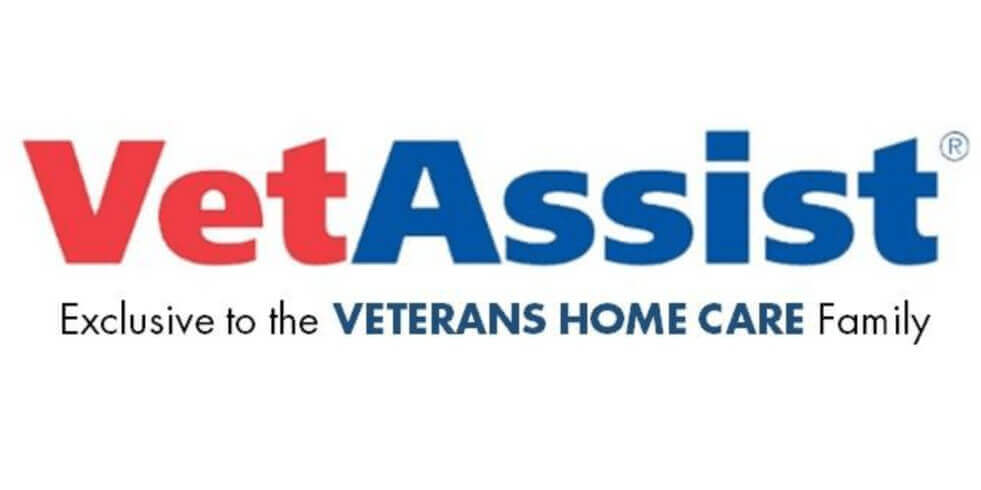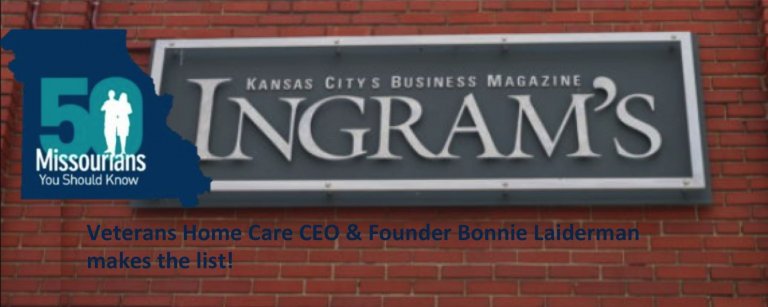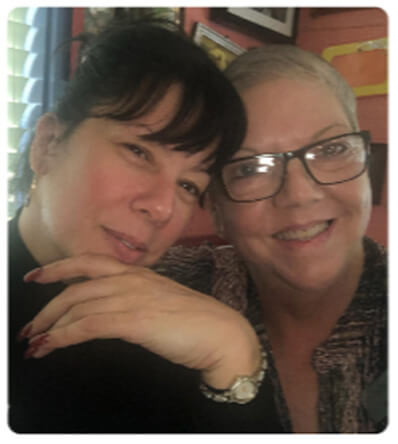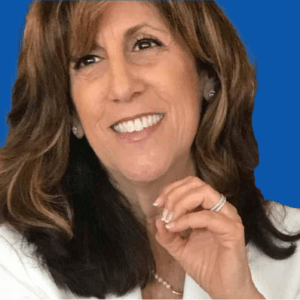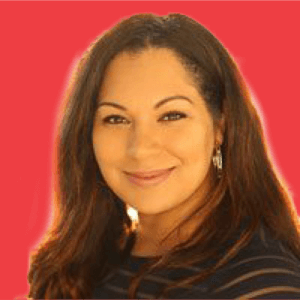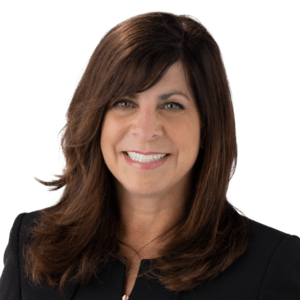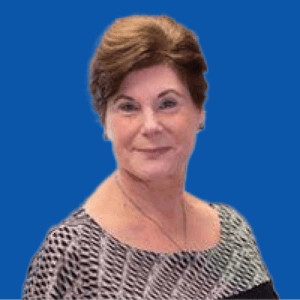Veterans Aid and Attendance Pension
Post Traumatic Stress Disorder (PTSD) and Late On-set Stress Symptomatology (LOSS) are the most common psychological disorders veterans face. While PTSD is most often linked to younger generations, it can affect veterans of all ages. On the other hand, studies show that LOSS is a disorder that is directly linked to ageing veterans. For this reason it is important for those providing in-home care to understand both disorders and discover methods for helping veterans to cope.
Brief History of PTSD
According to the Department of Veterans Affairs, PTSD was first introduced in 1980, by the American Psychiatric Association (APA). Though many elderly veterans suffered symptoms of PTSD immediately post-war, little was understood about the disorder. Since the disorder was only recognized 35 years ago, it is still considered relatively new and its affects on elderly veterans is often overlooked. Senior veterans may not be aware of what symptoms to look for and as a result may not seek the help they need.
Signs of PTSD
Symptoms of PTSD vary among individuals, but according to the Mayo Clinic include the following:
- Reoccurring intrusive memories of the event including flashbacks and nightmares.
- Severe emotional distress such as anxiety and depression.
- Avoidance of situations, activities, and people that remind them of the event.
- Sudden changes in mood that may include aggression, irritability, and angry outbursts.
- Substance abuse or other self-destructive behavior.
- Being easily frightened or startled.
- Suicidal thoughts or behavior.
Onset Of PTSD
The onset of PTSD varies with each individual, but it is important to note that military experience can affect veterans at any time during their life. The National Center for PTSD, suggest that while many veterans show signs of PTSD immediately, symptoms can also develop 50 years or more after the traumatic experience. They have discovered three distinct patterns among veterans.
- Veterans who develop symptoms immediately and that follow them throughout their life-span.
- Veterans who develop Late-Onset Stress Symptomatology (LOSS) many years later.
- Veterans with high symptoms early after war, with a decrease over the years, and then worsening symptoms once again later in life.
The Difference Between LOSS and PTSD
LOSS is a close relative to PTSD, however there are several key differences between the two disorders. The National Institutes of Health suggest the most notable characteristics of LOSS include:
- LOSS is directly related to aging.
- Symptoms are triggered by major life changes such as retirement, loss of a loved one, or health issues.
- Reflection on past increases severity of symptoms.
- Symptoms are less severe and develop much later in life.
- Directly linked to late life stressors, and less strongly linked to mental and emotional health.
In-home Care For Veterans: How To Help
Many elderly veterans may resist seeking help for PTSD or LOSS for a variety of reasons. For the best veteran care possible, The Department Of Veterans Affairs suggests incorporating the following into their care plan:
- Help find a local support group geared toward veterans and encourage them to join.
- Focus on healthy activities daily, such as eating well and getting exercise.
- Learn to become a good listener when they wish to open up, but do not try to force conversations.
- Encourage them to communicate and socialize with other veterans, close friends, or family.
- Discuss treatment options and programs within the VA.
When providing care for aging veterans, it is important to understand the types of unique health issues they may face. Understanding PTSD and LOSS can help the caregiver provide the best in-home care possible.
Post Excerpt
Source
http://www.ptsd.va.gov/public/types/war/ptsd-older-vets.asp http://www.ptsd.va.gov/professional/PTSD-overview/ptsd-overview.asp http://www.ncbi.nlm.nih.gov/pubmed/22962937
For more information and to learn about Veterans Aid and Attendance Pension, contact Veteran’s Home Care at (888) 314-6075.
